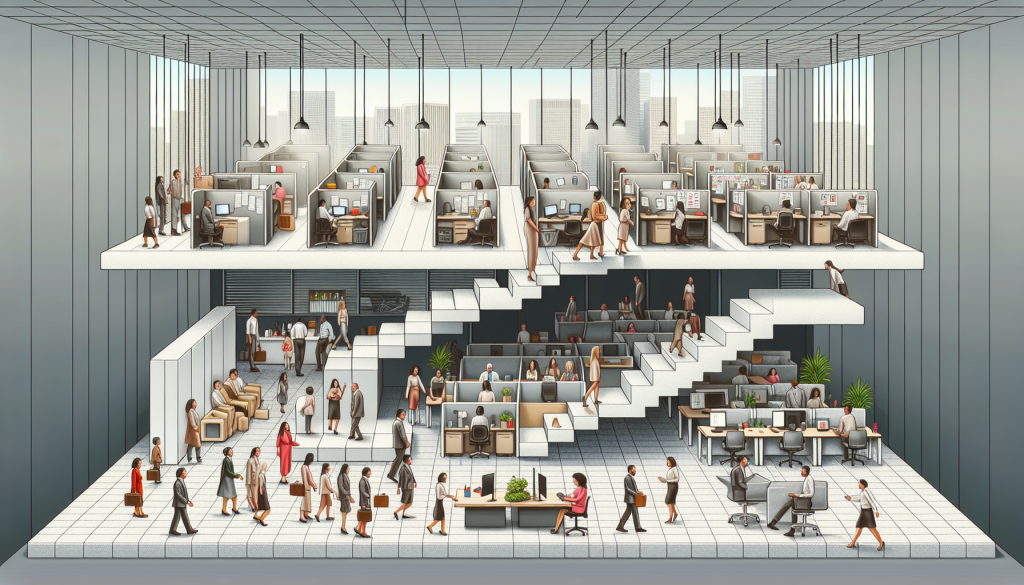
From Cubicle to Co-working: The Evolution of Office Spaces
From Cubicle to Co-working: The Evolution of Office Spaces
The traditional office space consisting of cubicles and private offices has undergone a significant transformation in recent years. With the rise of co-working spaces, the concept of a traditional office has been challenged by a more modern and collaborative approach. This shift in workspace design has not only changed the physical appearance of offices, but has also revolutionized how we work. So, what exactly is co-working and how has it evolved from the familiar image of a cubicle? Let’s take a closer look.
The Rise of Co-working Spaces
Co-working was born out of the desire for more flexibility and community in the workplace. In the past, employees were confined to their own cubicles or private offices, leading to a sense of isolation and monotony. However, with the introduction of co-working spaces, professionals from different companies and industries can now come together to work in a shared environment. This has not only fostered a sense of community, but has also created opportunities for networking and collaboration.
The Concept of Collaboration and Flexibility
One of the key factors that sets co-working spaces apart from traditional offices is the emphasis on collaboration and flexibility. Co-working spaces are designed to promote interaction and idea-sharing among professionals. This is achieved through shared tables, open layout designs, and common areas such as lounges and kitchens. Co-working spaces also offer flexibility in terms of workspace options, allowing individuals to choose from hot-desks, dedicated desks, or private offices, depending on their needs.
The Impact on Productivity and Creativity
The shift from cubicles to co-working spaces has had a significant impact on productivity and creativity in the workplace. Traditional offices were often rigid and structured, with little room for creativity. Co-working spaces, on the other hand, provide a more relaxed and dynamic environment which has been shown to boost productivity and encourage innovative thinking. With the opportunity to interact with professionals from different industries, co-working spaces also offer a diverse pool of knowledge and expertise, further fostering creativity.
The Integration of Technology in Co-working Spaces
Technology has played a vital role in the evolution of office spaces. With the rise of co-working, there has been a greater emphasis on creating a tech-friendly environment. Co-working spaces are equipped with high-speed Wi-Fi, charging stations, and other technological amenities to meet the needs of modern professionals. This integration of technology has not only made work more efficient, but has also attracted tech-savvy individuals to these shared workspaces.
The Future of Office Spaces
It’s safe to say that the traditional cubicle may soon become a thing of the past. The increasing popularity of co-working spaces has led to a rise in the number of shared workspaces across the globe. In fact, a report by Emergent Research predicts that by 2020, there will be over 26,000 co-working spaces worldwide. With the continuous growth of the gig economy, co-working is expected to become the norm for professionals of all backgrounds and industries.
In Conclusion
From cubicles to co-working spaces, the evolution of office spaces has brought about a remarkable shift in the working culture. With the emphasis on collaboration, flexibility, and technology, co-working spaces have reinvented the traditional office and created a more efficient and dynamic way of working. As the concept of co-working continues to gain popularity, it’s safe to say that this trend is here to stay.
